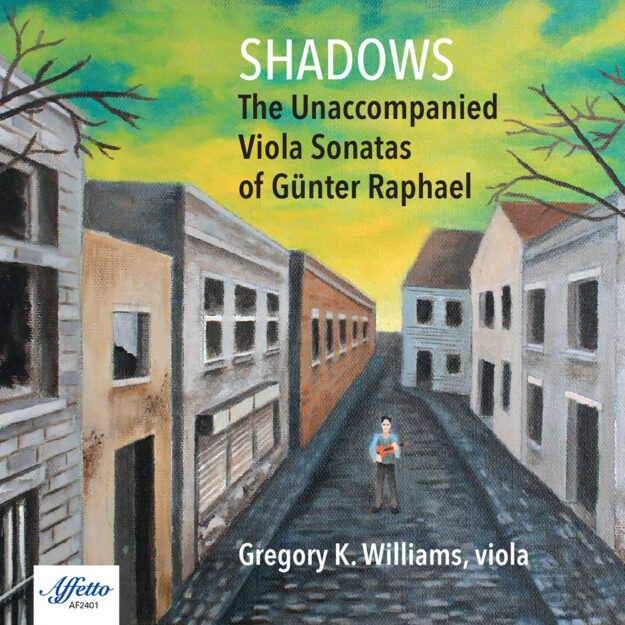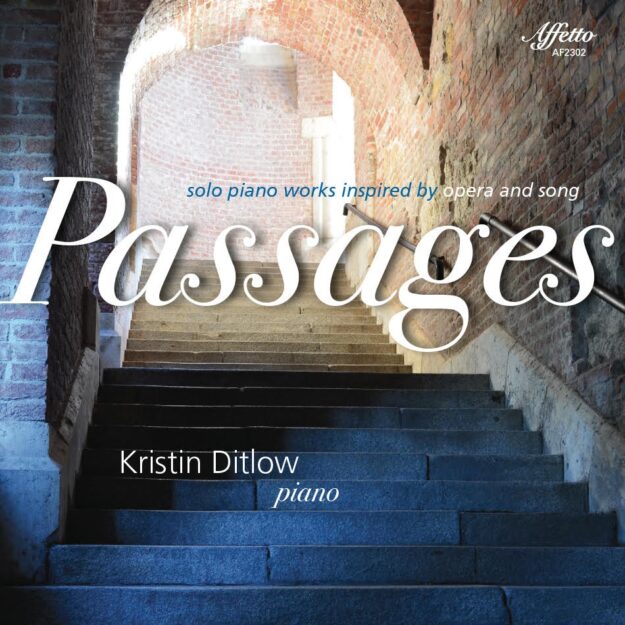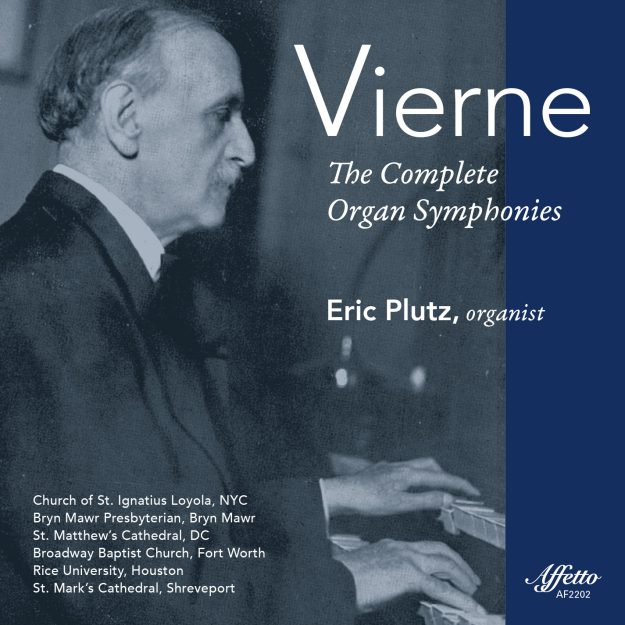Shadows The Unaccompanied Viola Sonatas of Günter Raphael – Gregory K. Williams, viola
Günter Raphael (1903–1960) was a prolific and versatile composer from a musical family, but because his music was banned in his lifetime due to his Jewish ancestry, his music did not gain commensurate recognition to the canon. Though he wrote for viola and other members of the string family, he is better known for his orchestral, choir, and organ works. As a performer, he was an organist, pianist, violist, and violinist. Gregory K. Williams first encountered the viola music of Günter Raphael in 2012 at a used bookshop in Dresden, Germany, where he discovered Raphael’s first unaccompanied viola sonata, op. 7, no. 1. Over the course of his career, Raphael wrote three unaccompanied viola sonatas, two romances, two sonatas for viola and piano (opp. 13 and 80), a Concertino for Viola and Chamber Orchestra, and duos for violin and viola as well as for viola and cello. Raphael’s works are compelling due to their provocative and wide-ranging harmonic language and their technical complexity. What makes his viola works fascinating is how the styles evoked reflect the works’ historical context and at the same time reveal a clear stylistic arc across his compositions. Shadows: The Unaccompanied Viola Sonatas of Günter Raphael is the American premiere recording of these works, as they have only been recorded and released in Germany to date. This recording also represents the first time that all three of Günter Raphael’s unaccompanied viola sonatas have been recorded and presented together.
AVAILABLE AT:
Amazon








 Composers are often tasked with creating from a void, an emptiness. The blank page is an easel. The parts of a structure of a piece of music – melody, accompaniment, line, harmony, tension, and release – must take shape to reach the listener’s ear. Sometimes, instead of starting with an empty sheet of staff paper, a composer creates something which is pollinated by another source. Perhaps it is a folk song, a poem, a melody, or an even larger work, such as a full-length opera. New works are then realized. In the case of this two-cd set, an East South African folk tune receives new life as a romantic piano ballade. A sonnet of Petrarch resurfaces centuries later as a dramatic declaration of love, through a solo piano work. The repertoire on these discs traces Kristin Ditlow’s own growth as a pianist and musician. Each work marks a chapter of her development and artistry to the present. The song transcriptions are pieces that have been played countless times with vocal partners: the operatic works are works that she has coached or conducted. Her passionate pursuit of travel is also a thread which weaves throughout the discs: the Samuel Coleridge-Taylor spiritual arrangements are works that she became acquainted with as a high school choral accompanist: meeting her husband while on tour in China in 2012: the Mongolian Shepherd Song is her arrangement of a traditional folksong from the Chinese Mongolian community, a work introduced to her by her husband in China originally for erhu and pipa (traditional Chinese instruments) accompaniment but transcribed for violin and piano. Kristin Ditlow has spent five summers performing, teaching, and coaching in Hungary and the Bartók selections all harken back to those times in the Hungarian countryside. Pianist, coach and conductor Dr. Kristin Ditlow dedicates her musical career to collaboration and connection. She has been seen in concert throughout North America, Mainland China, and Western Europe as a soloist, collaborative pianist, and conductor. The set of music pieces in this album is representative of her “Passages” in her career.
Composers are often tasked with creating from a void, an emptiness. The blank page is an easel. The parts of a structure of a piece of music – melody, accompaniment, line, harmony, tension, and release – must take shape to reach the listener’s ear. Sometimes, instead of starting with an empty sheet of staff paper, a composer creates something which is pollinated by another source. Perhaps it is a folk song, a poem, a melody, or an even larger work, such as a full-length opera. New works are then realized. In the case of this two-cd set, an East South African folk tune receives new life as a romantic piano ballade. A sonnet of Petrarch resurfaces centuries later as a dramatic declaration of love, through a solo piano work. The repertoire on these discs traces Kristin Ditlow’s own growth as a pianist and musician. Each work marks a chapter of her development and artistry to the present. The song transcriptions are pieces that have been played countless times with vocal partners: the operatic works are works that she has coached or conducted. Her passionate pursuit of travel is also a thread which weaves throughout the discs: the Samuel Coleridge-Taylor spiritual arrangements are works that she became acquainted with as a high school choral accompanist: meeting her husband while on tour in China in 2012: the Mongolian Shepherd Song is her arrangement of a traditional folksong from the Chinese Mongolian community, a work introduced to her by her husband in China originally for erhu and pipa (traditional Chinese instruments) accompaniment but transcribed for violin and piano. Kristin Ditlow has spent five summers performing, teaching, and coaching in Hungary and the Bartók selections all harken back to those times in the Hungarian countryside. Pianist, coach and conductor Dr. Kristin Ditlow dedicates her musical career to collaboration and connection. She has been seen in concert throughout North America, Mainland China, and Western Europe as a soloist, collaborative pianist, and conductor. The set of music pieces in this album is representative of her “Passages” in her career.

